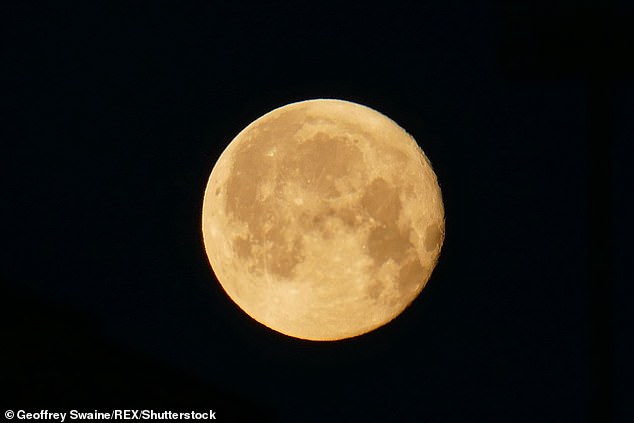
Astronaut Reveals Best Earth-Based Moon View Happens Briefly—Here’s How to Catch It
Legendary Astronaut Buzz Aldrin Heralds Rare “Best Lunar Views in 20 Years” Tonight
By Osheen Yadav, DailyMail.com | Updated: 22:16 BST, 10 June 2025
Legendary NASA astronaut Buzz Aldrin, the second man to walk on the moon, has urged skywatchers not to miss tonight’s Strawberry Moon, calling it the “best lunar views in 20 years.” In a social media post, Aldrin highlighted the moon’s unusually low arc across the sky, caused by a rare “major lunar standstill” occurring once every 18.6 years.
Why This Moon Is Special
The lunar standstill occurs when the moon’s orbit reaches its steepest tilt relative to Earth’s equator. This makes summer full moons appear much lower on the horizon, creating dramatic visuals. “The moon is projected to have a rather low arc… and will appear quite large,” Aldrin shared on X (formerly Twitter). The event peaks in the Northern Hemisphere, where the moon may glow orange or yellow due to atmospheric scattering of light.
(Insert image: Strawberry Moon near horizon with caption: “The Strawberry Moon will appear larger and lower, glowing orange due to atmospheric effects.”)
When and How to Watch
The full moon will rise just after sunset on Tuesday, June 10, reaching peak brightness at 3:44 a.m. ET on June 11. However, the best views are expected shortly after moonrise on Tuesday evening. For optimal viewing, head to open spaces like fields or coastlines facing the southeast horizon. No equipment is needed, though binoculars could enhance details.
The “Strawberry Moon” Myth
Contrary to its name, the Strawberry Moon doesn’t resemble the fruit. The title originates from Indigenous Algonquin tribes, marking June’s strawberry harvest season. NASA notes this year’s moon will also align near the Milky Way’s core, visible June through August.
The Science Behind the Illusion
The moon’s low path is part of its 18.6-year “lunistice” cycle, where its orbit aligns at extreme angles. This creates the “moon illusion”—a trick of perception making the moon appear larger near the horizon. While its size remains unchanged, the moon’s proximity to familiar landscapes amplifies its grandeur.
(Insert image of Buzz Aldrin with caption: “Buzz Aldrin called the event a ‘must-see’ due to its rarity.”)
Historical Significance
Ancient cultures tracked lunar standstills, with landmarks like Stonehenge potentially aligned to these events. Tonight’s moon offers a modern chance to witness a celestial phenomenon that has captivated humanity for millennia.
For more updates, follow DailyMail.com.
Share or comment on this article:
Legendary astronaut reveals the best view of the moon from Earth happens in just HOURS… here’s how to see it
(Word count: ~600)


